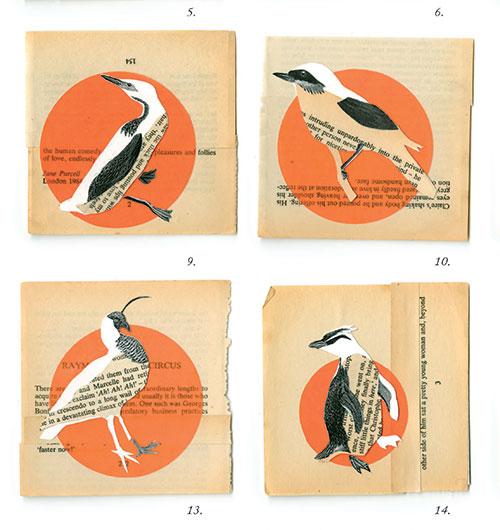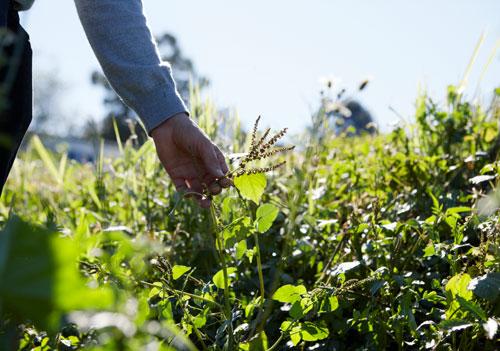Metadata and the rhizome of museum practice
When the young Carl Linnaeus—the botanist now known as the father of taxonomy and perhaps also data architecture more generally—grew tiresome, his parents calmed him by placing a flower in his hand. As the apocrypha goes, it was perhaps these early ministrations that inspired in him the enduring fascination with the natural world that would lead him away from the career in the church that his parents intended, towards studies in medicine. Through medicine he found botany, and in 1735 published the Systema Naturae, formalising the process of defining biological nomenclatures whose roots persist today. Carl was obviously something of an original, but in Linnaean terms the apple did not fall far from the tree. His father had been a keen amateur botanist and also a product of self‑definition; contrary to the Swedish patronymic convention Nils Linnaeus had fashioned his own surname from the Swedish word for the linden tree.










